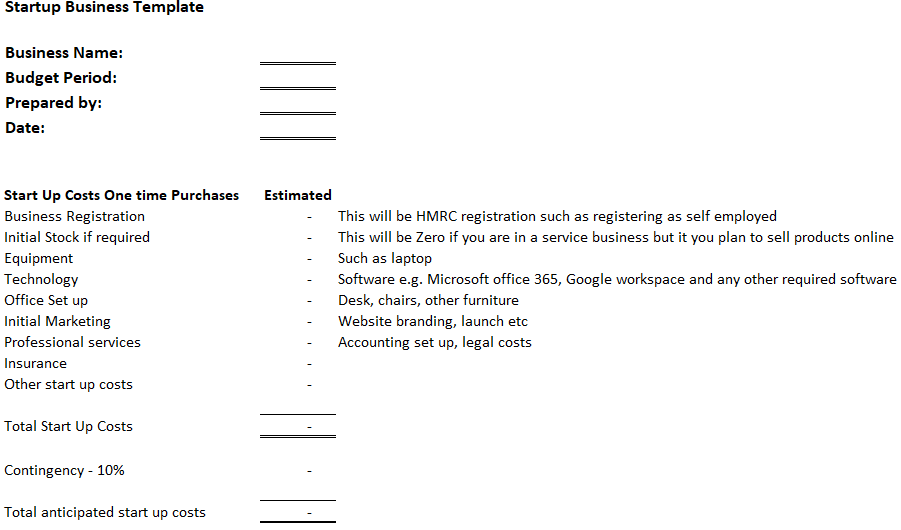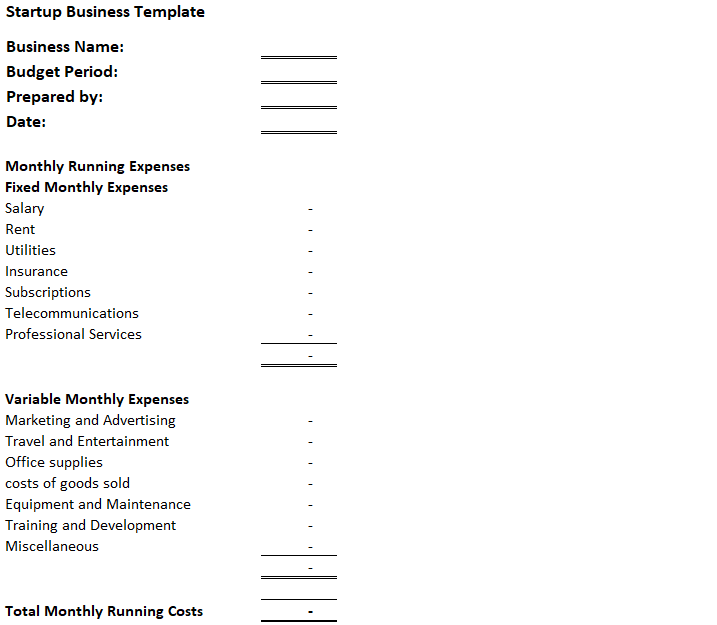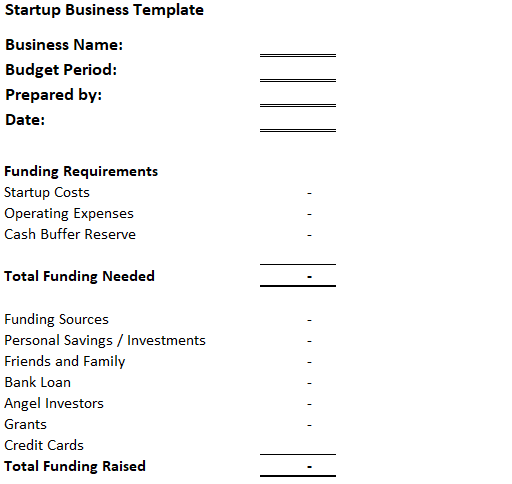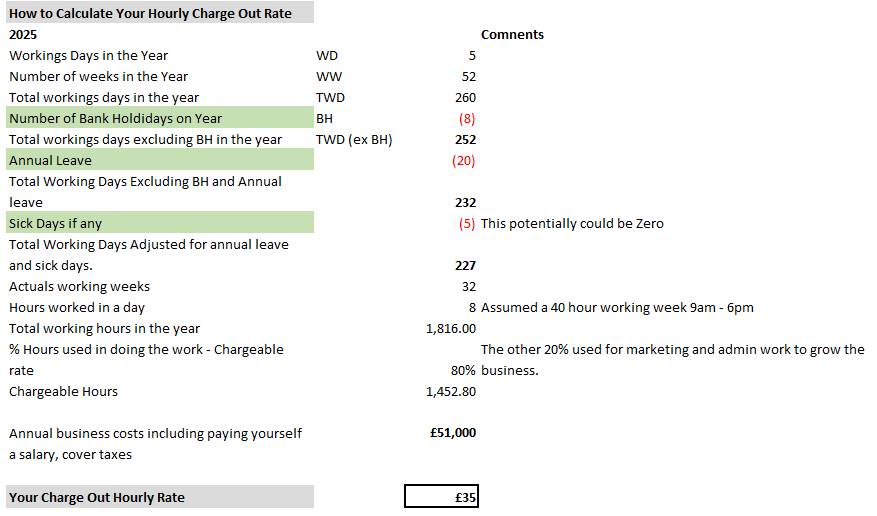A Guide to Putting together a Simple Start Up Budget Template.
Wondering how to put together a simple budget template that you can use to calculate how much you need to successfully get your business up and running? This guide will show you how.
RUNNING A BUSINESS


If you have been thinking about working for yourself or starting a business, where and how to start can be a bit overwhelming, I know because that was how I felt before I started out. It is easy to get a little lost because there is so much information out there. That is why I have put together a simple budget template that will give you an idea of how much you need.
I am in the process of putting together a business start up guide of what you need to do to launch your business. This guide will list the questions you need to ask and boxes that you can tick as you go along to get set up. You will also be able to add information as you gather all the detail you need.
This write up will show you how to create a start up budget for your new venture and help you calculate your start up costs, if you are not totally sure how much they will be. I have also included a template that you can buy for just £9.99, if spreadsheets are not your thing.
By the end, you will have a very good idea of how much money you will need to have saved or to hand once you start your business until your sales / revenue are in full flow. It will also help you plan for the unexpected.
Step 1: Calculate Your Initial One- off Startup Costs:
Start up costs are all the one-off costs and expenses you are going to need to pay to set up your new business as well as ongoing costs you need cover until your income reaches full capacity.
The reality is that even once you have set everything up, unless you are extremely lucky, it is highly unlikely sales will come flooding in. You need to give yourself time to market yourself, find customers and find the right market offering for your business. This can happen quickly but can also take longer than expected.
By building out your running costs and making sure you have enough cash savings in the bank to cover your living and ongoing expenses until your sales are sufficient to cover those expenses and you can pay yourself as well.
Step I: Gather together/ come up with your Start up costs: These are items that you absolutely cannot do business without and are one off costs. For example, if you are planning to start a tutoring business e.g. support GCSE’s students. You are definitely going to want to have an online presence i.e. a website ( I can recommend a website builder here). You will also need a good laptop and some subscriptions for educational resources.
As you gather information on your start up costs, one of the biggest mistakes you can make is wasting money on things you don’t really need. So dig deep and set your mind and become frugal, adding only the costs for items that are absolutely necessary. You can always spend more money in the future as your business grows and you can afford them.
For each item add a contingency. This is a plan for any unexpected or missed costs and you can think of it as a wiggle room for any under estimations. Making estimates can be hard and even though you do your best, chances are you may end up slightly out with your predictions.
Of course, your costs may come in lower than you predict but better to have a cushion than run out of money.








A Simple Way to Calculate Your Hourly Charge Out Rate:
Running a business is one thing, running a profitable busines is another.
Lets assume you are a consultant and all your annual costs including paying yourself a salary add up to £51,000 a year.
The simple template below shows how much you need to charge or make per hour to cover all your costs.
If using spreadsheet is not your thing, you can email us and we will send you a free copy of the budget template that you can use.
Step 3 – Identify your total start-up costs:
When you add the total start-up costs and monthly running costs together, in step 2 you will arrive at the total amount you need to get your business started. Then ideally you want to have at least another 4 months, more if you can mange it, maybe 6 months of monthly running costs saved, this will give you at east 6 months to get your business to break-even point (the break-even point is where your total costs are equal to your revenue. It is the point you can comfortably cover your costs and no longer need to dip into your savings.
How to Fund Your Start-Up:
Depending on the type of business you are looking to launch, you may find that your start up budget shows you need some fairly significant up-front money to get it off the ground. The most common ways new business owners fund their start up include:
Business Loans
Personal Savings
Loans from friends and family.
Credit Card
Grants
Government backed loans
Other channels such as Crowdfunding for the more capital intensive business.
Step 2: Monthly Overheads/ Running Costs:
By including monthly costs in your start up budget for a certain period of time, you will ensure you have some cash in the bank to pay your running costs and have some breathing space while you acquire clients and customer and your business takes off.
Overhead costs that will have to be paid regardless of how much you have sold known as fixed costs and include costs like:
Rent and rate– if you work from an office or a location away from home.
Salaries if you employee workers.
Utilities
Hardware as a service – HaaS Costs (if you hire
Insurance
Adverts
Software subscriptions e.g. Zoom, Microsoft 365 etc
Blog content is for information purposes only and over time may become outdated as the tax landscape is constantly changing, although we do strive to keep it current and up to date. It is written to help you understand your taxes and is not to be relied upon as professional accounting, tax and legal advice. For additional help please contact our team, or a professional adviser.
